latest
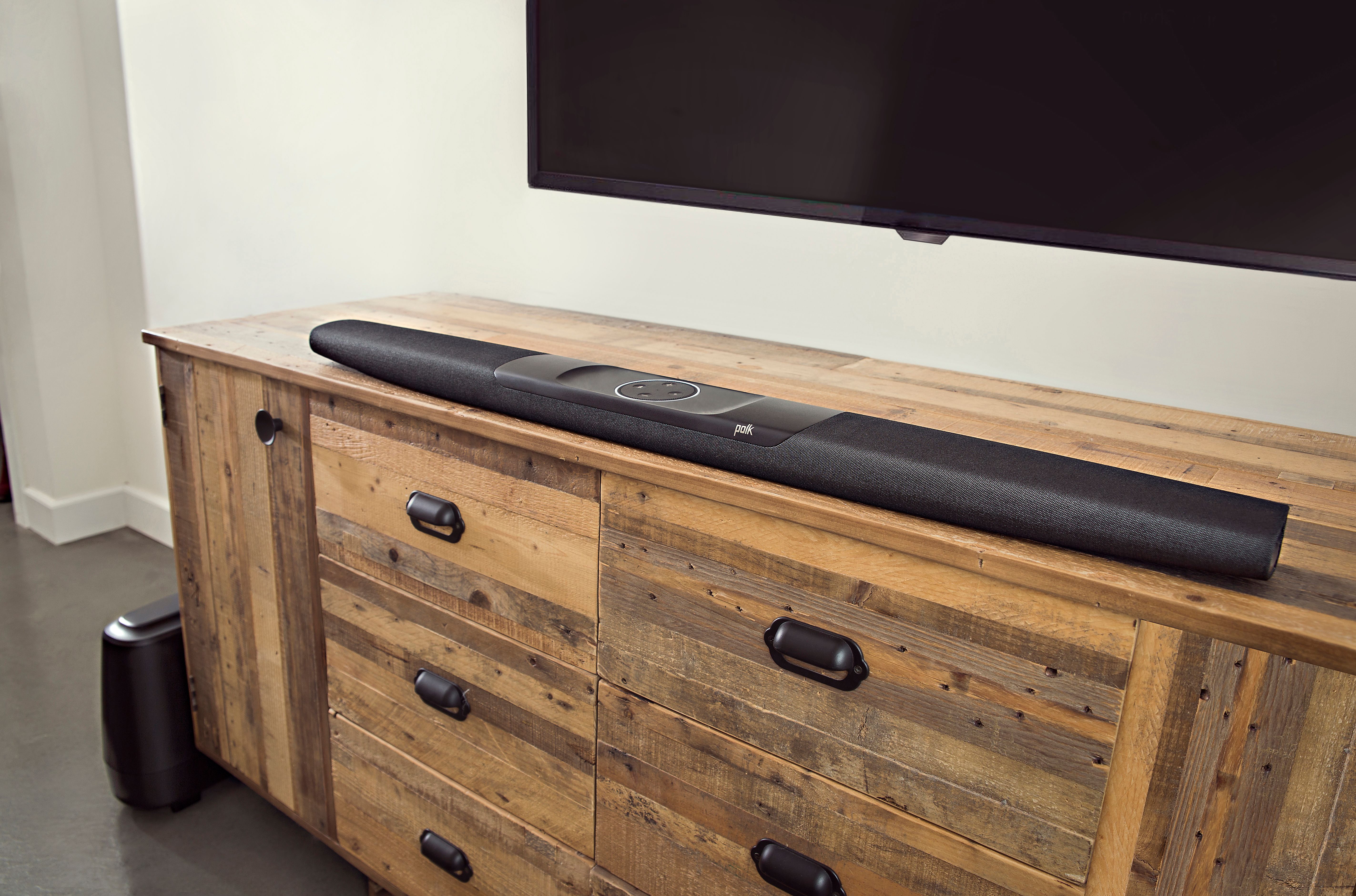
Read update
Over the past few years, we've seen Amazon's Alexa voice assistant expand to a wide array of electronics. This includes robots, appliances, and even bathroom mirrors. But there is one product category that Alexa hasn't yet made an appearance in - soundbars. While you could already connect an Echo Dot to a soundbar, there hasn't been one with Alexa already integrated. That is, until now.At CES in Las Vegas, Polk Audio announced the 'Command Bar.' For $299.95, you get two 1 x 3.25-inch full-range drivers, two 1-inch tweeters, and a ported wireless 6.5-inch subwoofer. It also has Bluetooth and Wi-Fi support, a microphone array for hearing voice commands from any corner of the room, two 4K HDMI 2.0a inputs (with HDCP 2.2 compliance), one HDMI output, an optical input for TV audio, a USB port for powering a streaming stick, and an Ethernet jack.The Command Bar also has full support for Dolby/DTS surround sound, HDR 10/Dolby Vision on the HDMI passthroughs, and HDMI CEC/IR for remote control. This is very much a high-end soundbar, which makes the high price a bit more understandable.Pre-orders will start on April 1 at Amazon, but it will only be available in the US and Canada at first. Polk will sell it in Germany, Australia, the UK, and other regions later this year.
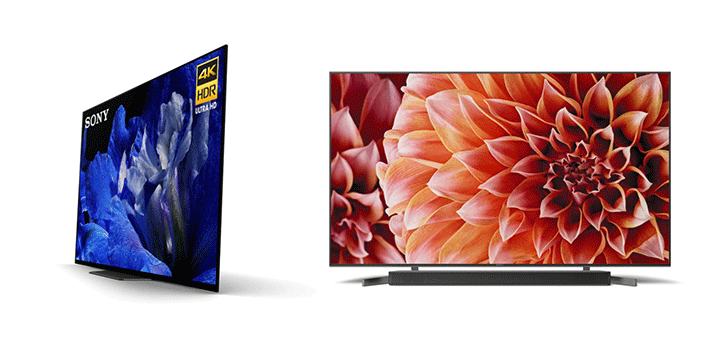
Sony's been busy with announcements so far at CES 2018 in Las Vegas, debuting new headphones and speakers, an Android Auto audio system, and some new phones (trademark bezels still intact). There are surely many more new Sony things being launched at the show, but not all of them are relevant to us here. New Android TV sets with the Google Assistant built in? Yep, that's relevant enough.[EMBED_YT]https://youtu.be/GajehPK4xPc[/EMBED_YT]Two new premium models have been unveiled by Sony, with display technology being the major difference between them. The A8F Series features a Bravia OLED panel (65" or 55") with Acoustic Surface tech, which means "the entire screen resonates with sound." Its X1 Extreme processor also offers 4K HDR picture quality and Dolby Vision is on board too. Those features together with the great blacks, colors, and viewing angles of the OLED display should make for one hell of a TV, complemented by its clean, minimal design.Just in case that wasn't enough, Sony also wants to show off the new X900F Series, which goes all the way up to a massive 85" in size, with other options at 75", 65", 55", and 49". These are LED panels, but they also have the X1 Extreme processor to handle 4K HDR content. X-Motion Clarity reduces the blur that can blight large TVs during fast-paced action, and X-tended Dynamic Range PRO enhances even non-HDR content with clever backlighting. The X900F range also includes Dolby Vision and has been designed to complement Sony's new Dolby Atmos soundbar, the HT-X9000F, to give you the ultimate cinematic viewing experience at home.All of Sony's recent 4K HDR TVs were updated to support the Google Assistant a couple of months ago, and these new entries come with it out of the box. All you have to do is push the microphone button on the remote and you can command the Assistant to search for video content, play music, control other smart home devices, and much more. You can also control these Sony TVs with your Google Home or Amazon Alexa device. Pricing and availability are yet to be announced, but you can bet they'll cost a pretty penny (or several). Amazon and Best Buy will be among the stockists when the new models are released.
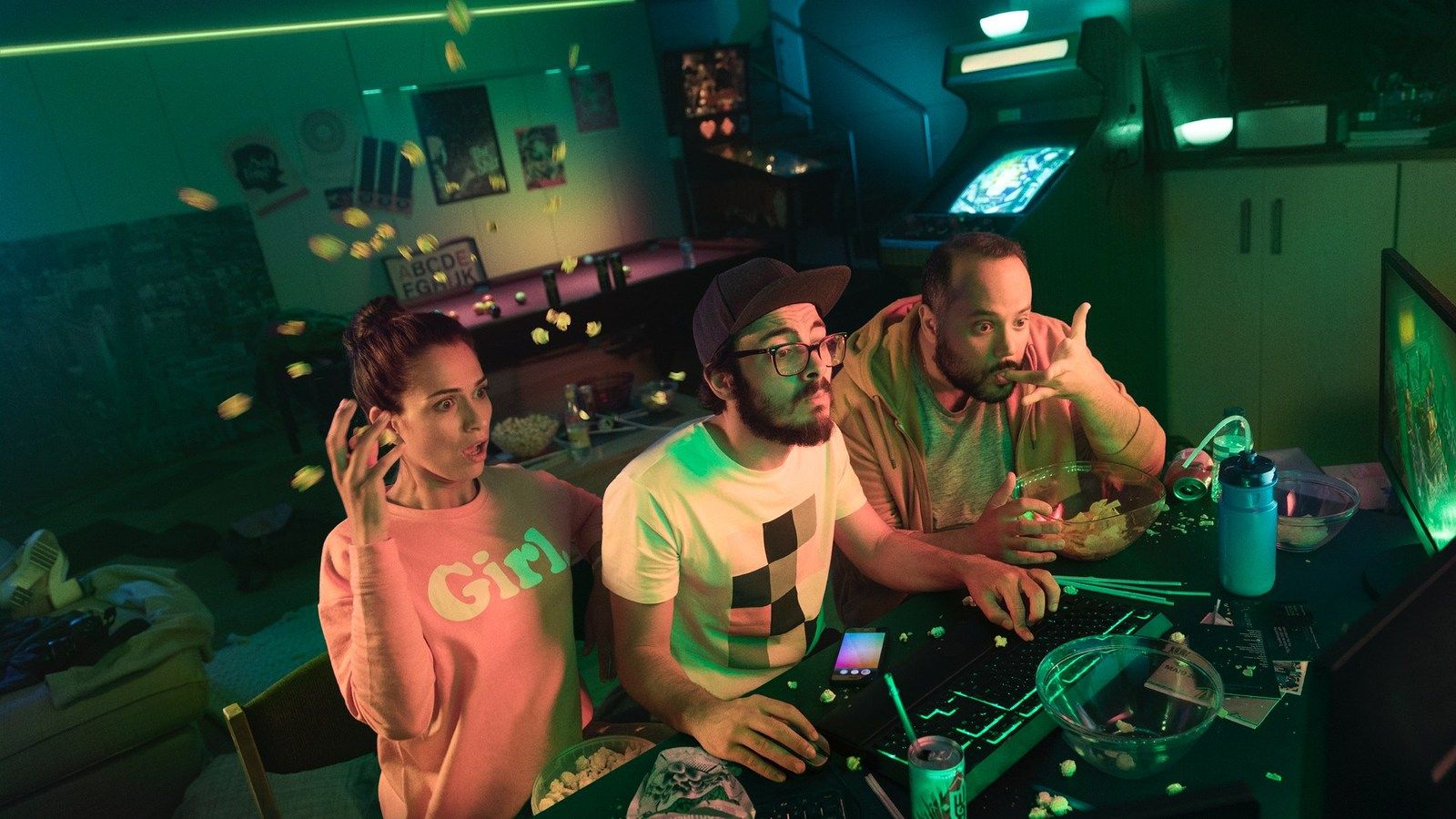
Read update
Smart lighting is almost commonplace now, but Hue is still one of the biggest names in this smart home category. At CES, the company has announced several initiatives for 2018. A new app is on the way for everyone, and it'll tie into some interesting synchronization options for those with color-changing lights. There are also new lights coming out that are specifically designed for outdoor environments.
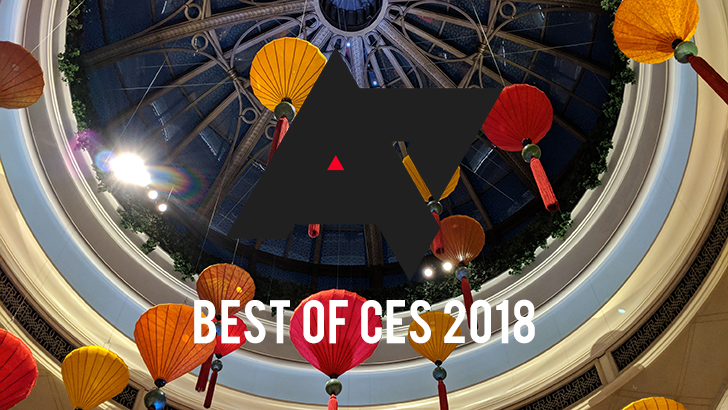
CES 2018 is over, and with another year of the world's largest electronics show wrapped, we've compiled a list of the best Android-related stuff we saw in Vegas this year. While CES has veered away from being a smartphone show - now left largely to MWC - there's still a fair bit of news from the connected tech and peripheral world that comes out of the event. This year was no different, and the field of products we felt deserved special recognition is predictably diverse. Everything from laptops and lapdocks, to phones, to TVs, to a smart speaker display thing - so without further delay, here's what we've got.
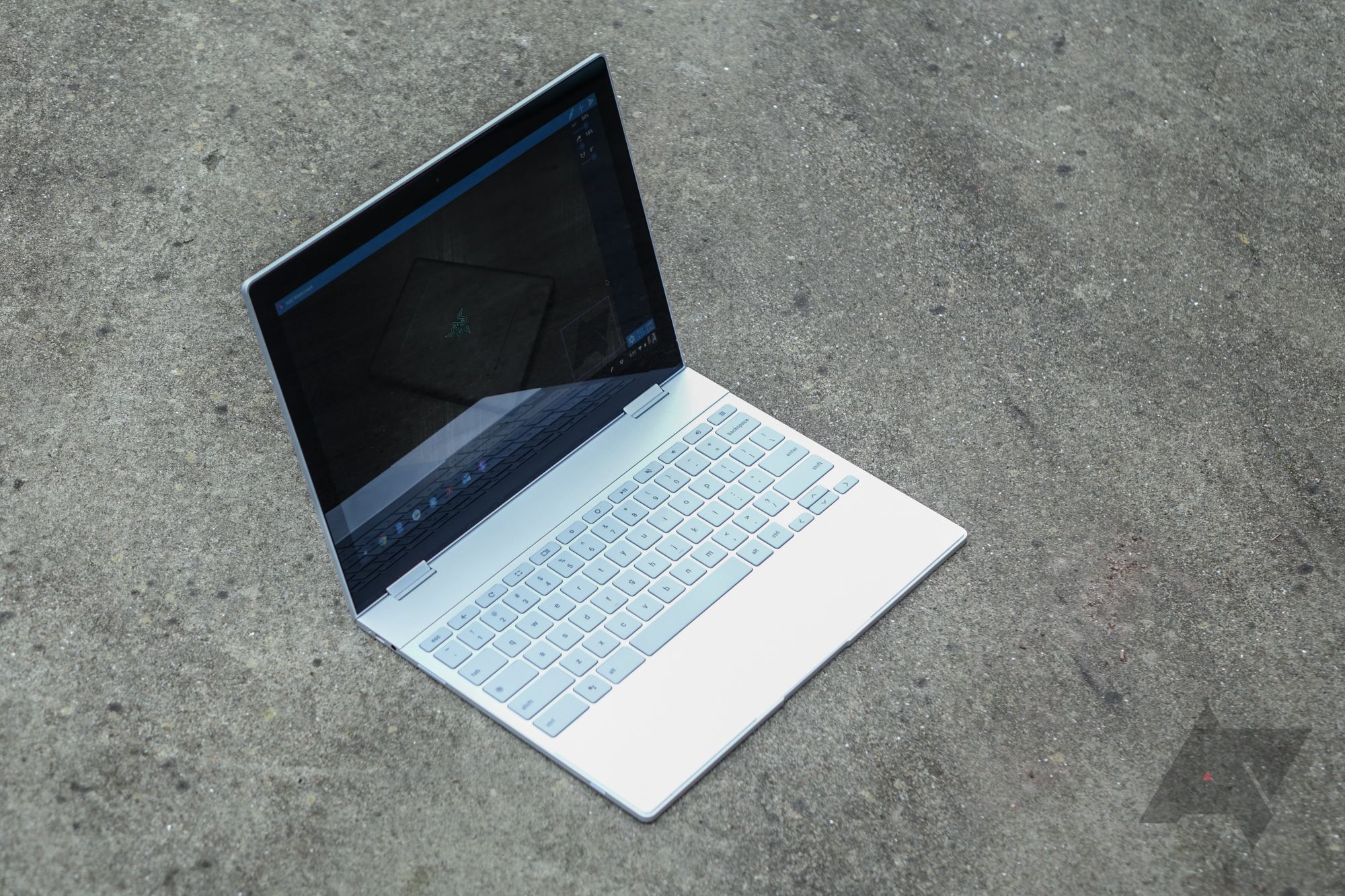
The Google Pixelbook is a truly excellent piece of hardware, as I stated in my review of it over two months ago. The refrain so often heard about Chromebooks, though, is that Chrome OS's limited application ecosystem prevents it from being a "serious" laptop operating system. As someone who frequently travels and has to be mobile as part of my job, I thought I'd put Google's laptop to the test in a live environment: CES.Now, CES isn't quite the on-the-ground reporting slog it once was for Android Police. The number of smartphones announced at the show is tiny, and much of our work stems from various briefings and meetings rather than rubbing shoulders with attendees on the show floor. But my laptop still gets its fair share of use, from coordinating with the team in Slack to writing up news posts and notes during briefings, it does have to work as a "real" computer.The benefit to working for Android Police is that basically all of my work can be accomplished in a browser. Slack, our project manager (Basecamp), and Wordpress (for publishing) all work perfectly well in Chrome. The big hurdle for me has always been image processing, and with the Pixelbook I finally think I'm ready to say Chrome OS can handle it, at least once you get a workflow figured out. It did take some trial and error, but once I got into a groove, the Pixelbook proved itself a truly excellent mobile platform for my job.

CES 2018 was a busy show, as usual, and so it's understandable that we let a few announcements slip through the cracks. The items in this wrap-up did not fall into the Android TV, Assistant, or Alexa "categories," so they all got lumped into their own miscellaneous one. Some of these are actually pretty neat, even if they are only mildly interesting.
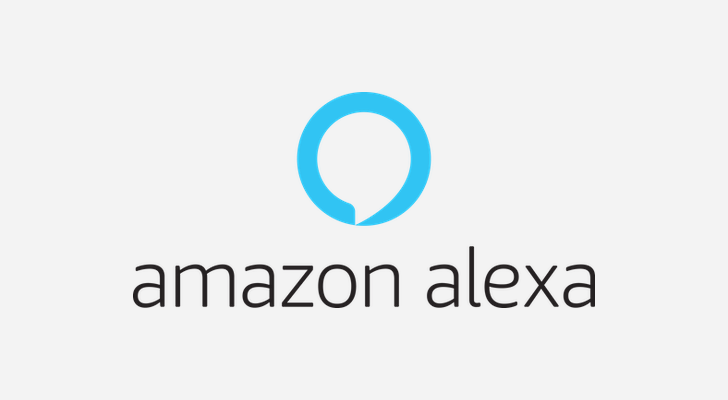
Every year at CES, there is always a dominating theme showcased by electronics manufacturers. 3D TVs, wearables, health, crazy smartphones, and connected appliances are just a few examples. CES 2018 saw the continuing domination of Amazon's Alexa voice assistant, though Google Assistant put up a fair fight.Alexa isn't confined to audio products either - we've seen her on appliances, robots, and other tech. There were so many products announced at CES with Alexa that it was impossible to give all of them separate posts (and if we're being honest, some of them don't really deserve one). Now that the show is over, here's a summary of all the new devices with Alexa or Alexa integration from CES 2018.
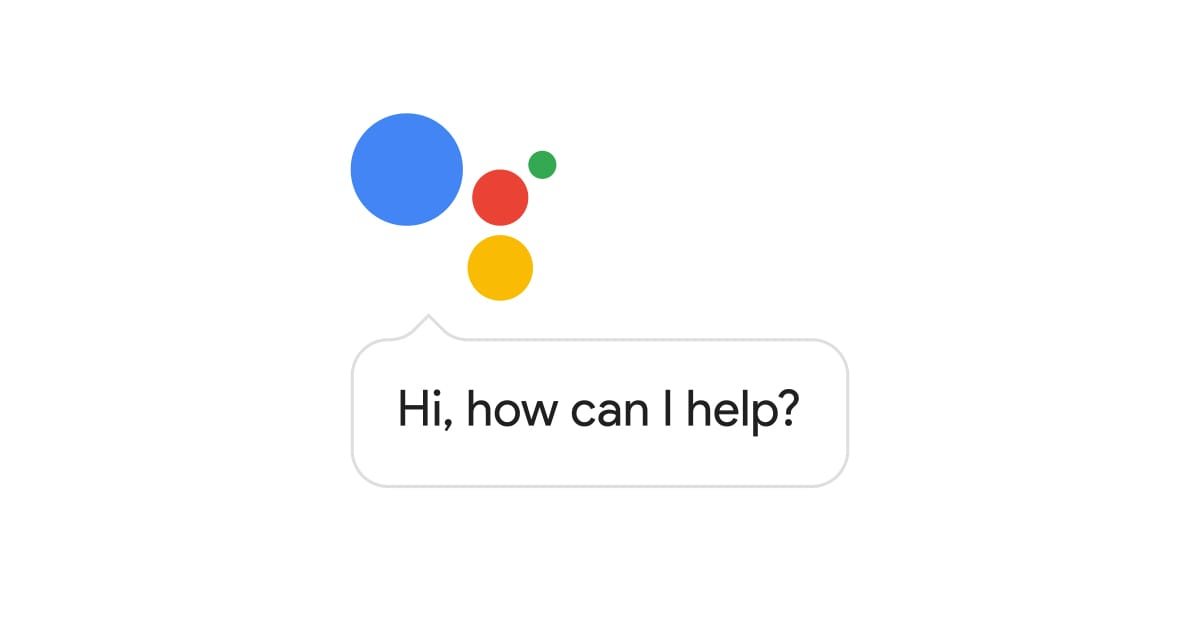
Two of the big trends at CES 2018 were AI and smart home stuff. The former was actually a major buzzword, and it became so overused that I stopped caring (thanks, Huawei/Honor). However, the smart home ecosystem continues to thrive and we saw a ton of new products that are launching with Google Assistant and Amazon Alexa. This post will focus on Assistant; you can expect the Alexa wrap-up a little bit later.
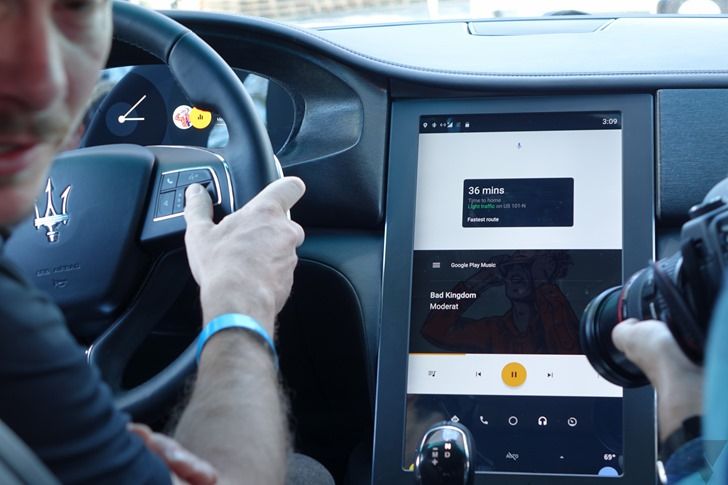
Android Automotive remains something of an obscurity, but companies are still happy to tout their latest progress with the platform (or something like it), especially on a stage as large as CES 2018. Before we get to that, it's probably worthwhile to distinguish between Android Automotive and Android Auto: Android Automotive is a standalone, in-vehicle infotainment and control system running Android — basically Android OS for your car. This is a more appealing proposition than the rather laggy experience that is Android Auto, which just projects what's on your phone to an interface that sits in your car.

CES is wrapping up (I left Thursday afternoon), so we figured it would be a good time to sit down and give all of you an easy place to find a bunch of the stuff announced that is related to Android. This post will focus on all of the television sets that will come with Android TV installed. I got see a few of them on the show floor, but they weren't all that exciting from a brief glance standpoint — we've all seen TVs and most of us know what Android TV looks like by now.Android TV itself is seeing a bit of resurgence. Not only are more partners hopping on board, but Google claims that more users have joined the fold. Oreo is bringing some changes to the platform, especially when it comes to the home screen. Video previews will play when the app is in focus, e.g. the YouTube suggestion will start rolling like it does on the desktop website. You can check more information in this blog post. For now, let's dive in.
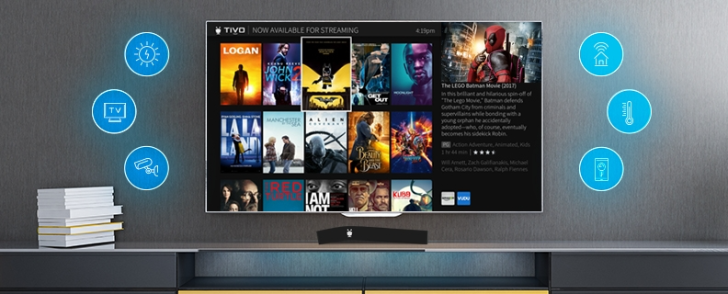
Given the thousands of press releases coming out of CES, we almost missed the news that your TiVo DVR/Set-top box will soon integrate in your smart home setup, almost regardless of which platform you've decided to delve into.
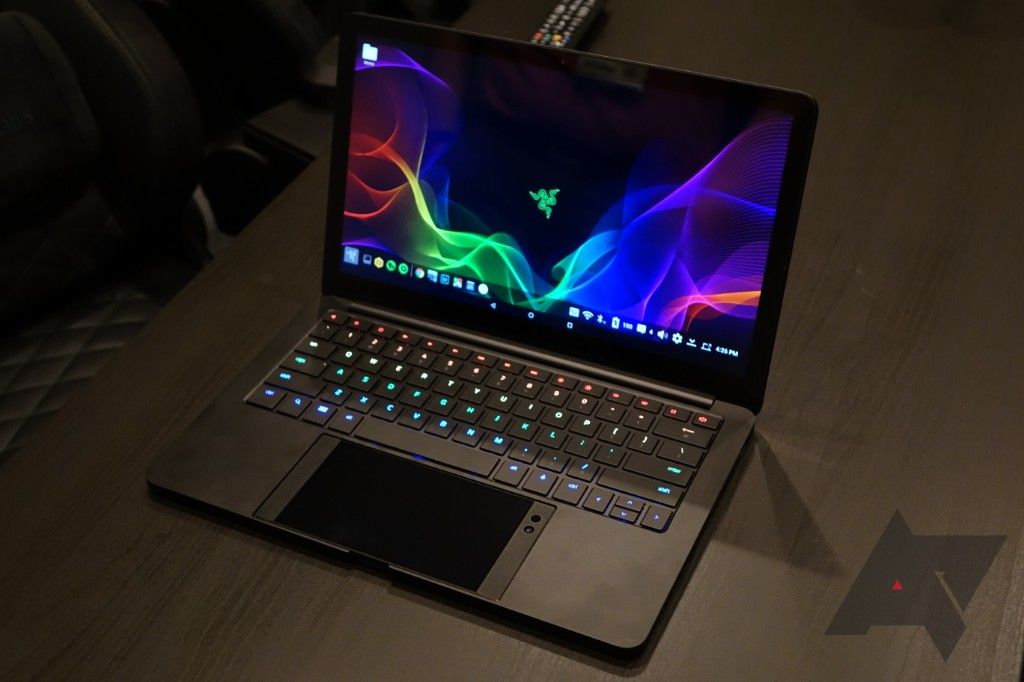
I'm sure that you've heard all about Razer's Project Linda, which has caught the attention of many media outlets here at CES. David and I dropped by Razer's booth to take a look at the concept, and while the wide-eyed technology enthusiast in me thought it was super neat, my pragmatic side remained unconvinced.
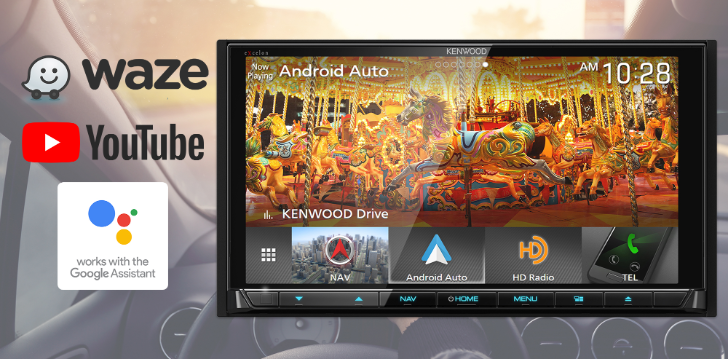
We knew it was coming but it's now official: JVCKENWOOD has debuted 7 new car head units under its JVC and Kenwood brands with support for Wireless Android Auto. This means no more fussing with the USB cable and plugging your phone in every time you get in the car: the Auto interface will work wirelessly. This will be great for short trips, but you're still better off charging your phone during long drives, especially if you're using GPS for navigation, lest the battery die prematurely.
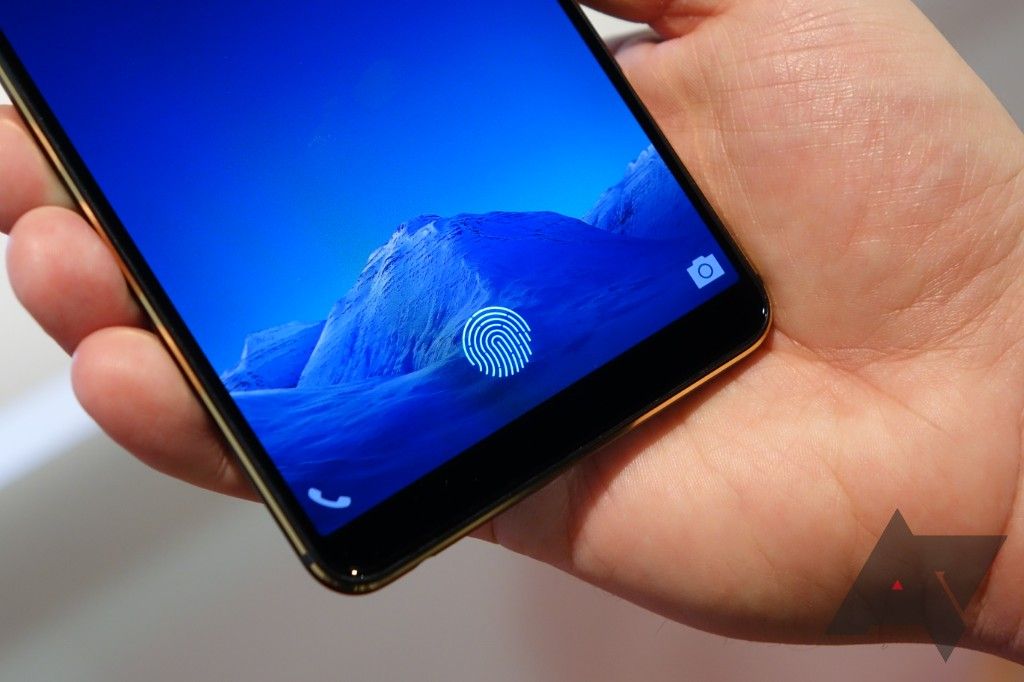
Here at CES 2018, I had a chance to look at what some of us probably considered mere fantasy a few short years ago: a fingerprint scanner that can see through a smartphone display. It sounds like something that must be so complex it would be beyond explanation, but really, the basic principles aren't terribly difficult to grasp.
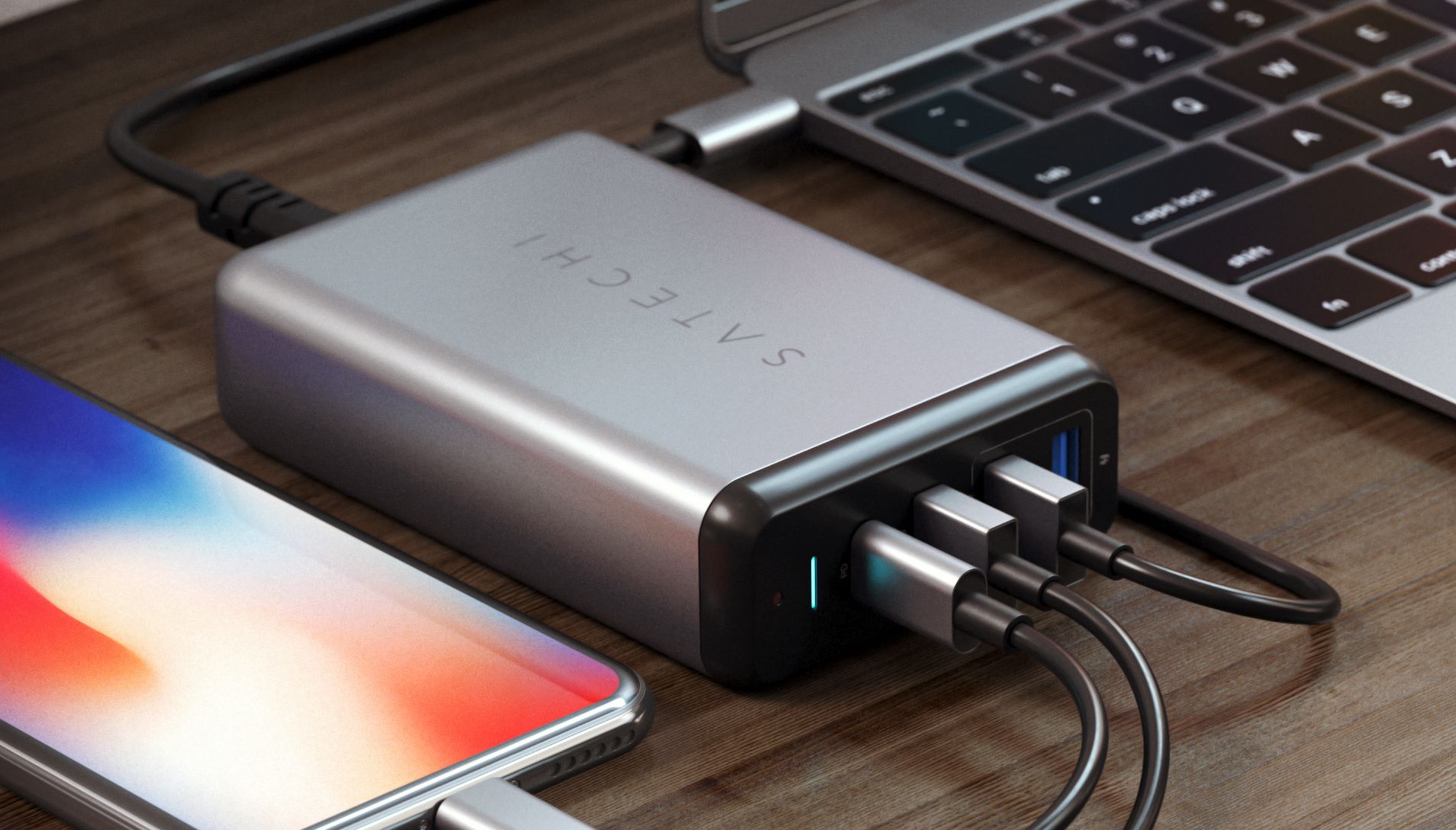
There have been a lot of announcements at this year's CES, but Satechi's latest Multiport Travel Charger caught our eye for one significant reason: it's able to deliver up to 75W of combined power, with 60W alone over USB-C. Not only is that enough to charge a MacBook Pro, but it's also among the highest wattage we've ever seen.Outside first-party units like Apple's massive 87W brick, there aren't many USB-C chargers that can deliver over 30W. There are a few that can hit 45W, like this one by Anker, and some 60W units from lesser-known companies like Nekteck and Grandstar exist, but this is the first one we've seen from any of the relatively bigger names.
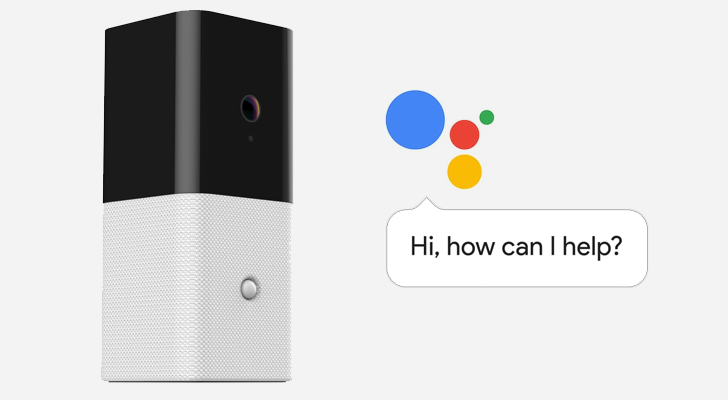
Smart home setups can become complicated very quickly. Most connected devices need a hub, which then is controlled by an app or a smart speaker (like the Google Home or Amazon Echo). To make matters more complicated, not all of them use the same kind of hub, and home security systems usually use entirely different equipment.
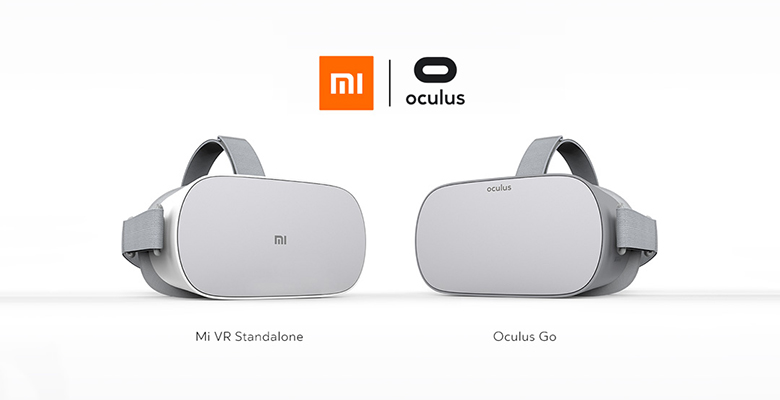
Many companies are still trying to make VR happen, though it feels like those couple of years when 3D TVs were being pushed and then completely disappeared. If you ask me, there's merit to the immersive experience of VR in certain situations, but the wider and easier adoption will be for AR when it's commoditized. But I digress. We've been keeping an eye on HTC's VIVE and Oculus for a while, even though they're not technically related to Android, but for the sake of information here are the two companies' CES 2018 news.
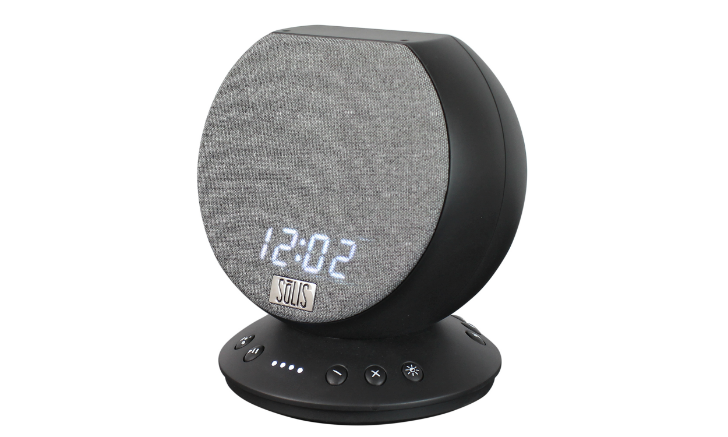
The Google Assistant seems to be in everything at CES 2018 and the latest trend right now, beside the new smart display form factor, is to put it in desk or bedside clocks. We already saw iHome's iGV1 that looks like a Google Home sawn in half with a hidden LED display, and now we have two new clock speakers to look at from SōLIS and Jensen.
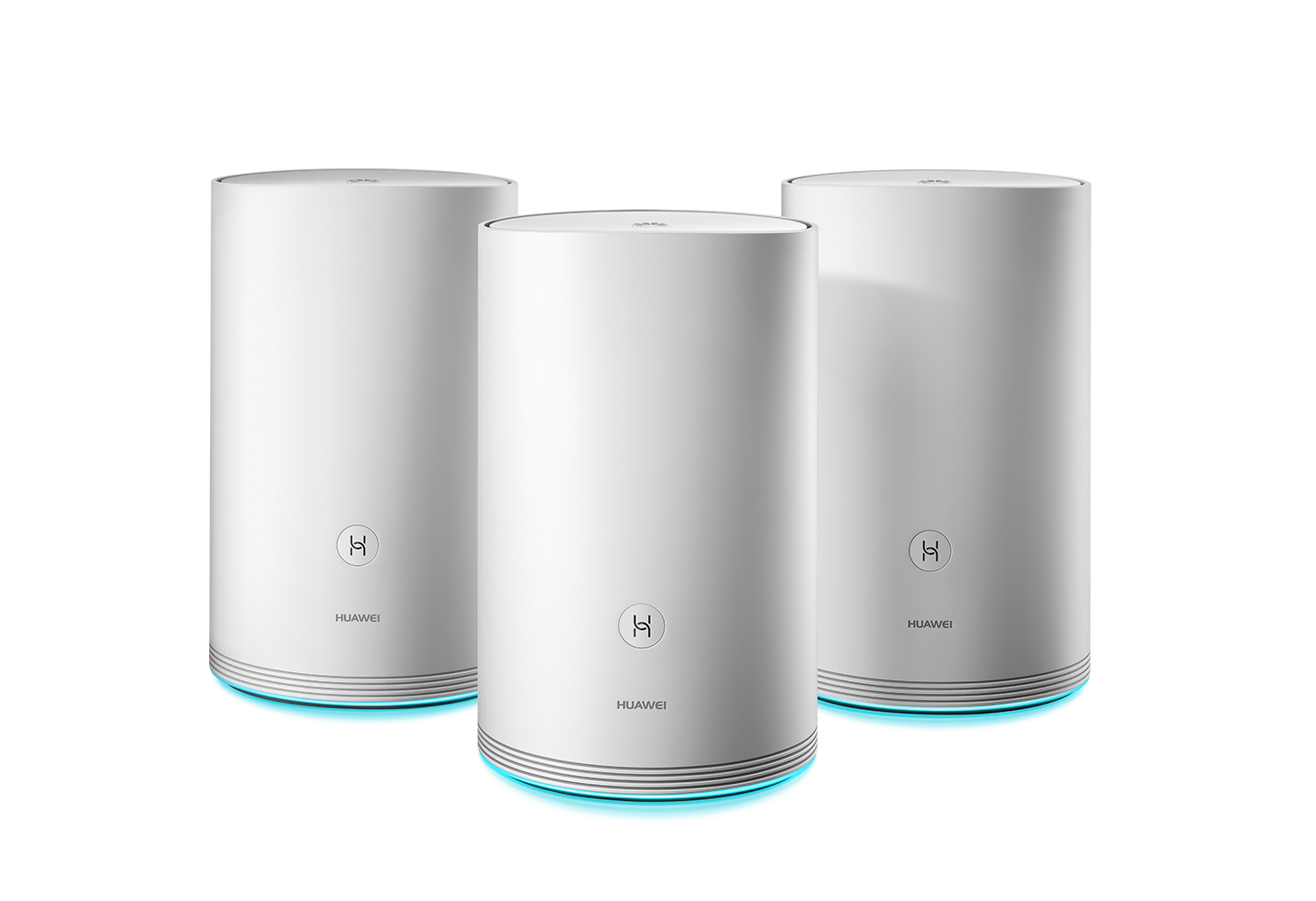
At CES 2018, Huawei announced its new home network/router solution, the WiFi Q2. Although similar to other products on the market, like Google's or Netgear's offerings, the WiFi Q2 differs slightly in that it's "the world's first" hybrid system for blanketing your home in wireless signal.

Huawei has announced that it will sell the Mate 10 Pro smartphone unlocked in the US for $799 in partnership with a number of online retailers starting next month. Best Buy, Amazon, Microsoft, Newegg, and B&H will also all offer $150 gift cards if you pre-order the phone.Pre-orders of the Mate 10 Pro, which we like overall, will begin on February 4th and run through the 17th. On February 18th, the retail launch will officially get underway.Oddly missing from today's announcement is any mention of a carrier version of the phone, which many in the industry had expected would be unveiled alongside the unlocked version today. But it wasn't, and we may know why: AT&T has supposedly backed out of a deal to sell Huawei's phones in the US, and the reason seems political.This leaves the Mate 10 Pro in exactly the terrible position of many of its predecessors in the US, except kind of worse, because it is by far the most expensive phone Huawei was ever tried to sell here. The number of unlocked phones over $600 sold at full price in the United States is essentially negligible. Almost all premium phones in this country are bought on payment plans through carriers or credit providers, and the idea that any company could launch a "competitive" high-end smartphone in America expecting customers to pay what, with sales tax, will end up being the better part of a thousand dollars up front is borderline actually-stupid.Further indicating just how badly Huawei apparently screwed this up (or, increasingly apparently, was screwed), it also announced that the Mate 10 Pro Porsche Design would be coming to America for the low, low price of $1225. You read that right. The Porsche Design version of the phone features 256GB of storage and 6GB of RAM, but apart from that, you're paying an over-$400 premium to show off a branding partnership.In a prebriefing we attended yesterday detailing this news, Huawei seemed as unable as ever to answer basic questions about its handset strategy in America. No satisfying reasons were given as to why the company is unable to find carrier distribution partners, why it continues to only support GSM networks, or how it expects to sell an $800 smartphone to its alleged core audience of "Gen Z" customers, who are at most 22 years old. Huawei told us over and over how important this market demographic was to the company's growth, but how many 22-year-olds are out there dropping nearly a grand all at once on a smartphone, Huawei? Come on.In fact, the announcement that the Honor View10 is coming to America seems to shoot Huawei's Mate 10 Pro right in the foot. The View10 offers similar performance and specifications, but it's almost certainly going to cost less than $500 - undercutting the Mate by several hundred dollars. While the Mate certainly will have a superior camera experience, unlocked phone buyers in the US tend to be more focused on value, and the Mate 10 Pro is hardly what you'd call a steal. How can Huawei possibly expect the Mate 10 to have any kind of success when the company's own sister brand is essentially saying, "Hey look over here, you can get 90% of the phone for 60% of the cost!"But the Mate 10 Pro does have one ace up its sleeve: Gal Gadot is the phone's official spokesperson. That's clearly going to move some units. She was also named Chief Experience Officer of Huawei, almost certainly a figurehead role that will have Gadot appearing at various Huawei events and photo opp- er, uh, very important strategic summits to guide the direction of future Huawei products.Maybe 2019 will finally be the year of Huawei in the US?







